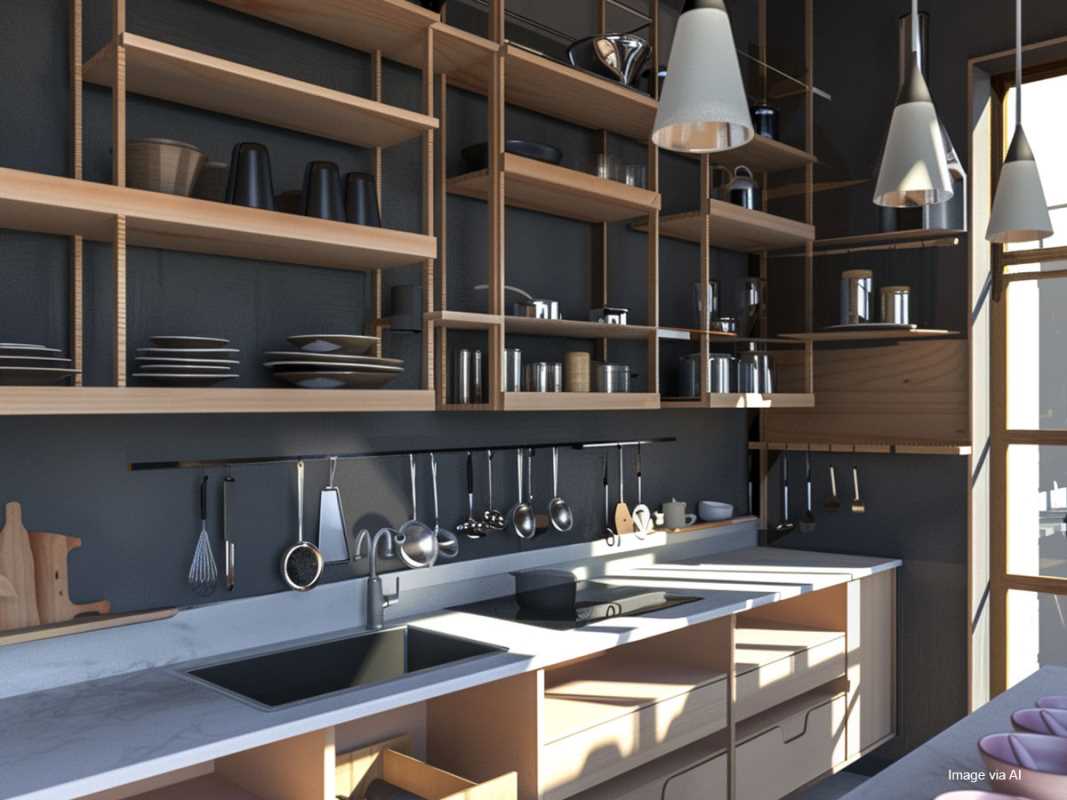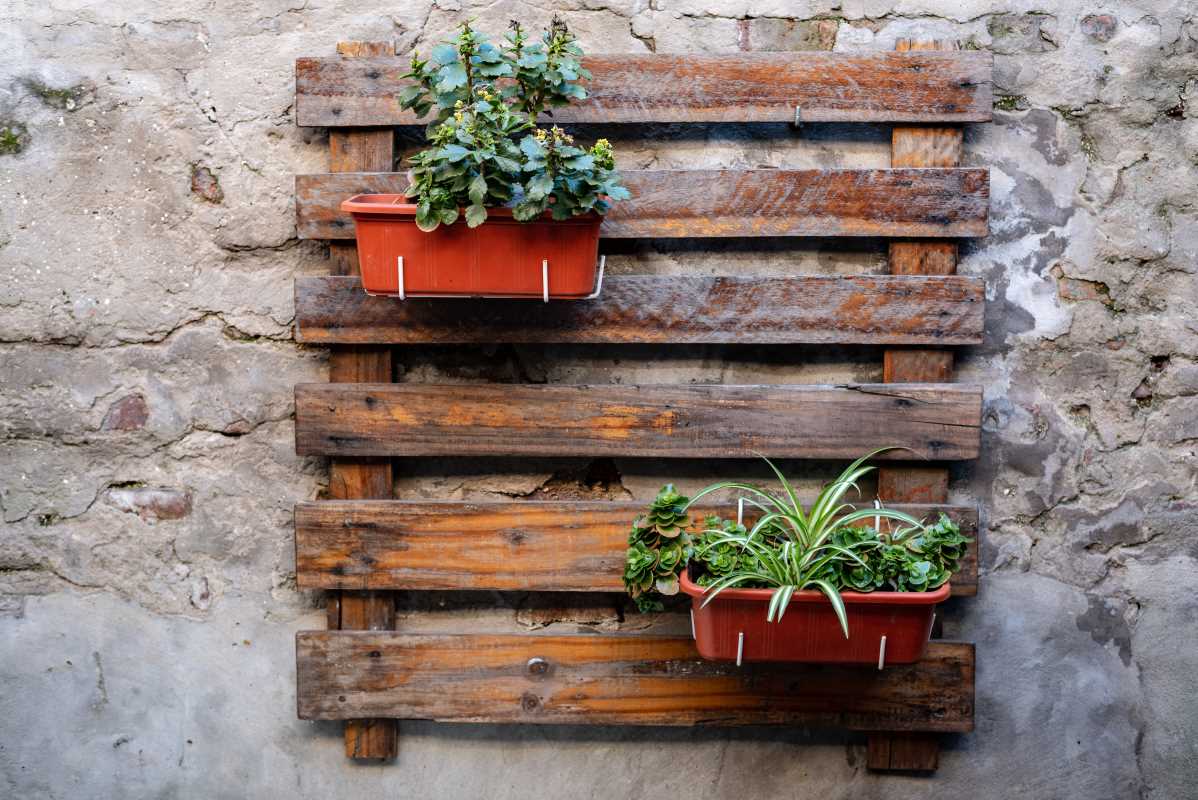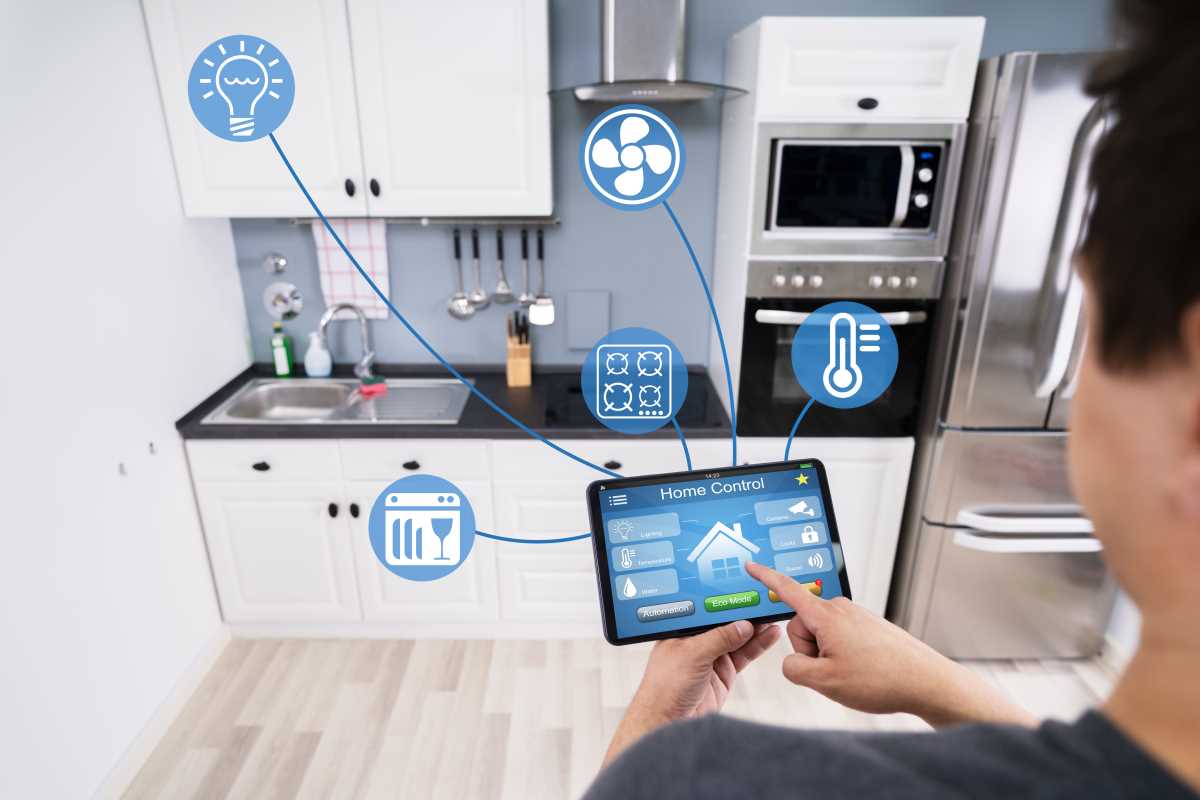A busy home cook needs a kitchen layout that is not only functional but also efficient and practical. The design of the kitchen should ensure that everything is within reach and organized to make cooking a seamless experience. A thoughtfully designed kitchen can save time, reduce stress, and enhance the joy of cooking. Here are some essential tips for creating a kitchen that works for you.
Proper Workflow: The Kitchen Triangle and Beyond
A functional kitchen begins with a well-thought-out workflow. The classic "kitchen triangle" is a time-tested guideline for designing efficient kitchens. This concept connects the three most-used areas of the kitchen—the stove, sink, and refrigerator—in a triangular layout. Placing these elements in close proximity allows for smooth movement during meal preparation and cleanup.
However, modern kitchens often go beyond the triangle, especially in larger spaces or open-concept designs. For instance, creating "zones" for specific activities like prep, cooking, and cleanup can further enhance functionality. A prep zone near the refrigerator with ample counter space for chopping and assembling ingredients can save time.
Similarly, placing the dishwasher and trash bin near the sink makes cleanup faster and more convenient.
Ample and Accessible Storage
Storage is a critical element in a busy kitchen. Without adequate and well-organized storage, cooking can become a frustrating experience. Start by analyzing your cooking habits and identifying what items you use most frequently.
Deep drawers are excellent for storing pots, pans, and large utensils, while pull-out shelves keep spices, oils, and pantry staples accessible. Overhead cabinets can house less frequently used items, such as specialty appliances or seasonal bakeware. Incorporating vertical storage solutions, like pegboards or hanging racks, can maximize wall space for tools and utensils.
If you have room, consider adding a pantry. Whether it’s a walk-in design or a tall cabinet with pull-out drawers, a pantry can keep ingredients organized and prevent clutter from spilling into your cooking zones.
Countertop Space: Essential for Efficiency
Countertops are a home cook’s primary workspace, so having ample surface area is essential. Strategically positioning countertops near the stove, sink, and refrigerator can make meal prep more efficient. For example, a counter beside the refrigerator is ideal for unloading groceries or assembling ingredients, while a counter near the stove provides a convenient space for chopping, seasoning, and transferring food to the burner.
Adding a kitchen island is a great way to increase countertop space, especially in larger kitchens. An island can serve as a multifunctional area for food prep, serving, or even casual dining. If space allows, consider equipping your island with additional storage or a built-in sink to further enhance its utility.
High-Quality and Practical Appliances
Investing in high-quality appliances tailored to your cooking style can significantly enhance your kitchen’s functionality.
A double oven is invaluable for avid bakers, while a large-capacity refrigerator can accommodate families who prepare meals in bulk. Features like induction cooktops, which heat up quickly and are easier to clean, can also save time.
Energy-efficient appliances not only reduce utility bills but also streamline your workflow. Modern dishwashers with quick cycles and smart refrigerators with organizational features can simplify daily tasks. Consider appliances with intuitive controls and easy-to-clean surfaces to make life in the kitchen even easier.
Lighting: Layered for Maximum Functionality
Good lighting is essential for a functional kitchen. A single overhead light is often insufficient, especially in kitchens where detailed tasks like chopping or decorating baked goods are common. Layered lighting ensures that all areas of the kitchen are well-lit.
Task lighting, such as under-cabinet LED strips, is perfect for illuminating workspaces during food prep. Overhead lighting, such as recessed fixtures or pendants, provides general illumination for the entire room. For ambiance, consider dimmable lighting or decorative fixtures that create a warm and inviting atmosphere for dining or entertaining.
Easy-to-Clean Surfaces for Busy Kitchens
With a packed cooking schedule, maintenance is a key consideration. Choosing durable, easy-to-clean surfaces can save time and effort.
- Quartz countertops, for example, resist stains and scratches while offering a sleek look.
- Stainless steel appliances are not only stylish but also easy to wipe down.
- For flooring, ceramic tiles or luxury vinyl planks are great options because they are durable and simple to maintain.
Don’t overlook the importance of a quality ventilation system. A good range hood can minimize grease buildup on surfaces and keep your kitchen smelling fresh, even after preparing aromatic dishes. Additionally, consider a backsplash made of materials like glass or tile, which are easy to clean and protect your walls from splatters.
Smart Storage Solutions for Small Kitchens
If you’re working with a small kitchen, smart storage solutions can make a big difference. Use corner cabinets with lazy Susans to maximize hard-to-reach spaces. Magnetic knife strips and wall-mounted pot racks can free up drawer and cabinet space. Adding shelves above doors or under counters can provide extra room for lesser-used items without taking up valuable floor space.
Creating a functional kitchen layout for busy home cooks involves thoughtful planning and attention to detail. By prioritizing a natural workflow, maximizing storage, ensuring ample countertop space, choosing high-quality appliances, incorporating effective lighting, and selecting easy-to-clean materials, you can design a kitchen that is both efficient and enjoyable to use.
A well-designed kitchen is not just a workspace—it’s the heart of the home, where meals are made, memories are shared, and creativity flourishes. With the right layout, even the busiest home cook can feel at ease and inspired.
 (Image source: Midjourney)
(Image source: Midjourney) 





